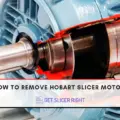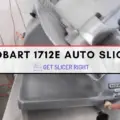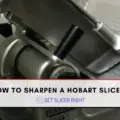Direct Answer: Your Hobart slicer may be leaking oil due to worn-out gaskets, blocked or clogged oil filters, faulty shaft seals, or defective O-rings. Regular maintenance and timely replacement of these components can prevent this issue.
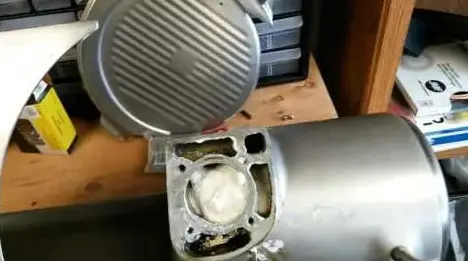
If you’re experiencing oil leaks from your Hobart slicer, it can be concerning and may indicate a problem with the equipment. Hobart slicers are popular in commercial kitchens and are known for their precision and reliability in slicing various food items. However, like any mechanical device, they can encounter issues over time, and oil leaks are one such problem that can occur. Understanding the potential causes of oil leaks from your Hobart slicer is important in order to address the issue promptly and ensure the slicer operates safely and efficiently.
Why Does My Hobart Slicer Leak Oil?
Worn-out Gaskets
Gaskets serve as seals in various points of the Hobart slicer, primarily between stationary and movable parts. Made from a material that can withstand the oil and heat generated during operation, these gaskets are subject to constant friction and pressure. Over time and continuous use, they can degrade or wear thin, losing their ability to maintain a proper seal. This wear and tear can result in oil escaping, leading to a leak. Therefore, it is essential to regularly inspect the gaskets and replace them if they show signs of wear or damage.
Clogged or Blocked Oil Filters
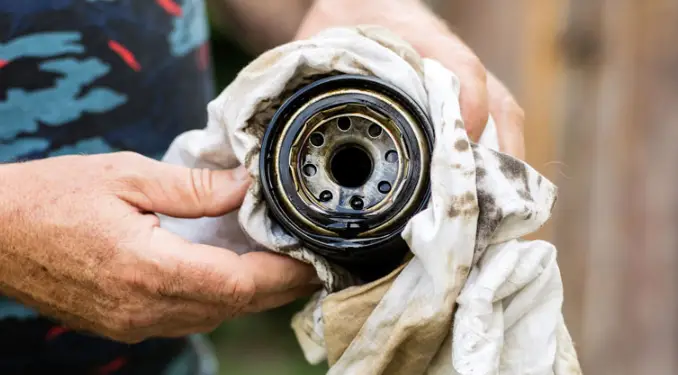
The oil filter is a crucial component of a Hobart slicer that maintains the cleanliness and integrity of the oil used in the machinery. It works by filtering out any debris or particulates that could potentially harm the slicer’s components. However, over time, these filters can become clogged with the very debris they’re designed to keep out. This blockage can increase the oil pressure within the slicer, forcing the oil to find alternative paths to flow, resulting in leaks. Therefore, periodic cleaning or replacement of oil filters is necessary to maintain optimal slicer operation.
Faulty Shaft Seals
The shaft seal, often made of rubber or metal, is another essential part of the slicer. This seal is located where the slicer’s rotating shaft penetrates the slicer’s casing or housing. Its purpose is to keep the oil contained within the machinery, preventing it from escaping along the shaft. However, due to wear, damage, or aging, these seals can become less effective or even fail, leading to oil leaks. Regular inspection and replacement of faulty shaft seals can prevent such leaks.
Faulty O-Rings
O-rings are circular seals made of rubber or other materials that are used in various types of equipment to create a tight and secure seal between two parts. They are designed to prevent the leakage of fluids, such as oil, gas, or water, from the equipment. When O-rings are in good condition, they can effectively seal the gap between the two mating surfaces, creating a barrier that prevents the fluid from escaping. However, over time, O-rings can become faulty or worn out due to a variety of factors such as age, exposure to extreme temperatures, chemicals, or mechanical stress.
When an O-ring becomes faulty or worn out, it can lose its elasticity and flexibility. This means that it may no longer be able to effectively fill the gaps between the two surfaces it is sealing. As a result, the fluid that the O-ring is supposed to contain, such as oil, can start to leak out of the equipment.
How To Prevent Oil Leakage From Hobart Slicer?
To prevent oil leakage from your Hobart slicer, you can follow these steps:
- Regular Maintenance: Perform regular maintenance on your Hobart slicer as recommended by the manufacturer. This includes cleaning, lubricating, and inspecting the slicer at appropriate intervals. Proper maintenance helps identify potential issues before they worsen and cause oil leaks.
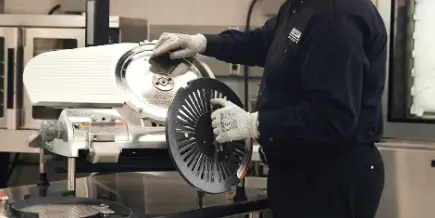
Routine Maintenance of slicer - Check Seals and Gaskets: Inspect the seals and gaskets on your slicer regularly for signs of wear, damage, or degradation. These components create a barrier to prevent oil leaks. If you notice any issues, such as cracks or gaps, replace the seals and gaskets promptly to maintain a proper seal.
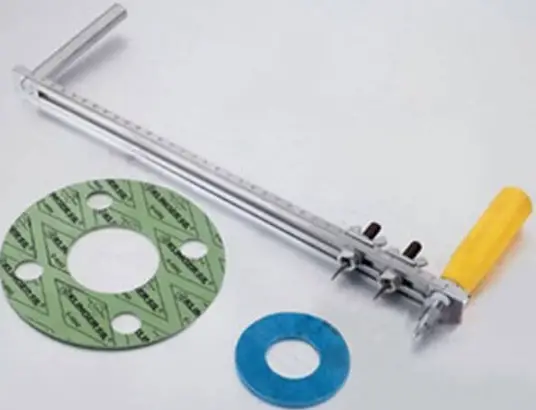
Gaskets and Sealing - Tighten Connections: Ensure that all connections, fittings, and fasteners on your Hobart slicer are properly tightened. Loose connections can lead to oil leaks. Use the appropriate tools to tighten them securely, but be cautious not to overtighten them, as it may damage the components.
- Clean the Slicer Properly: During cleaning, pay attention to the areas where oil can accumulate. Use mild detergents or cleaning solutions recommended by the manufacturer to avoid damaging the slicer. Thoroughly rinse off any cleaning agents to prevent residual chemicals from deteriorating seals and causing leaks.
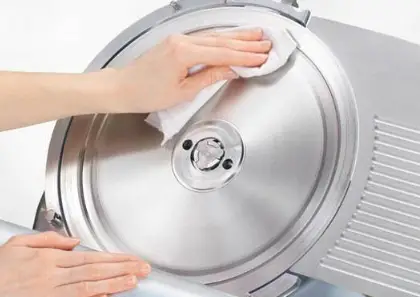
Cleaning and Maintaining Slicers - Replace Worn Parts: Over time, certain components of the slicer, such as O-rings, hoses, or gaskets, may wear out. Regularly inspect these parts and replace them when necessary to maintain a tight seal and prevent oil leakage.
- Use High-Quality Oil: Ensure that you are using the appropriate type and quality of oil recommended by the manufacturer for your Hobart slicer. Using low-quality or incompatible oils can lead to leaks or damage to the slicer’s internal components. Follow the manufacturer’s guidelines for oil selection and replacement intervals.
- Proper Storage: When the slicer is not in use, store it in a clean and dry environment. Protect it from extreme temperatures, excessive humidity, and exposure to chemicals that can degrade the seals and cause oil leakage.
- Train Users: Provide proper training to the operators of the Hobart slicer. Educate them on the importance of regular maintenance, correct cleaning procedures, and proper usage to minimize the risk of oil leaks.
FAQs
Why is my Hobart slicer not turning on?
If your Hobart slicer is not turning on, it could be due to a blown fuse, a tripped circuit breaker, or an issue with the power supply.
How do you turn on a Hobart slicer?
To turn on a Hobart slicer, ensure it is plugged into a power source, then adjust the thickness knob to the desired thickness, and finally, push the start button.
How do I reset my globe slicer?
To reset your globe slicer, you typically need to unplug the slicer, then plug it back in after a few moments. If this doesn’t work, refer to your slicer’s user manual for detailed instructions.
Conclusion
If you are experiencing oil leakage from your Hobart slicer, it is important to address the issue promptly to prevent further damage and ensure the slicer’s optimal performance. Several potential reasons can cause oil leaks, including worn-out seals or gaskets, loose connections, improper maintenance, or the use of incompatible or low-quality oil. By regularly inspecting and maintaining your slicer, checking and replacing worn parts, tightening connections, using the recommended oil, and providing proper training to operators, you can minimize the risk of oil leakage.
Key Points
- Hobart slicer may leak oil due to worn-out gaskets, blocked or clogged oil filters, faulty shaft seals, or defective O-rings.
- Regular maintenance and timely replacement of these components can prevent this issue.
- If your slicer isn’t turning on, check for issues like a blown fuse or problems with the power supply.

John Hebdon is a food enthusiast, passionate chef, and author of various articles and blog posts related to food and cooking. With a deep love for all things culinary, John’s blog serves as a platform to share his extensive kitchen experiences with a broader audience.
In addition to his culinary expertise, John has a flair for writing and a natural ability to share his passion for food with others. His articles and blog posts are informative, engaging, and packed with practical tips for readers of all skill levels.
As a food enthusiast and writer, John is always on the lookout for new and exciting culinary experiences. Whether it’s trying out a new restaurant, experimenting with a new recipe, or simply sharing a favorite dish with friends and family, John is always eager to explore and share the world of food with others.


